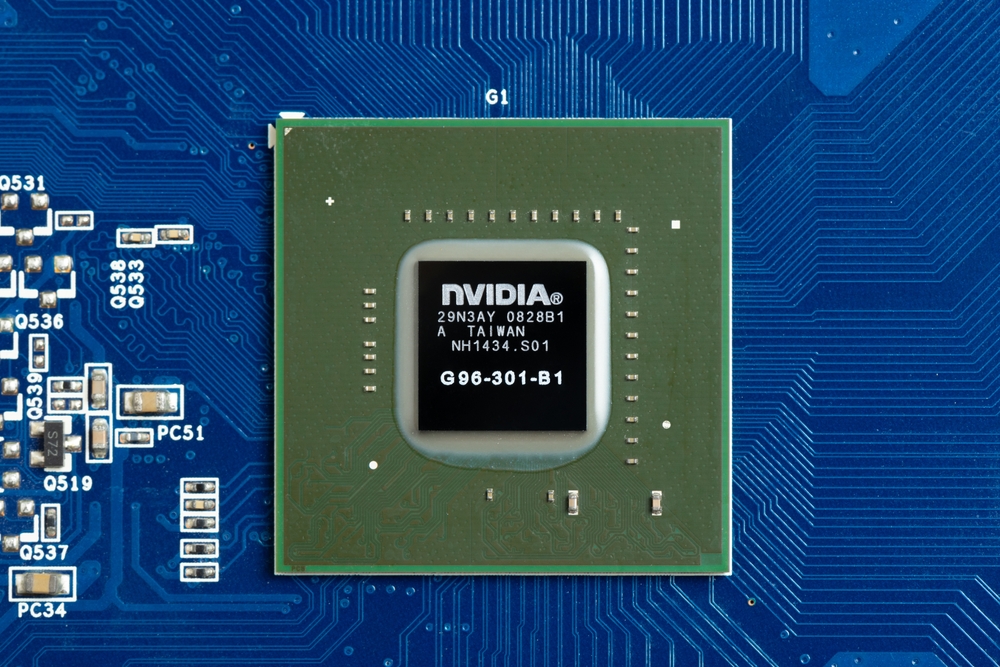In a move to align with US export restrictions, Nvidia has developed a workaround to continue selling high-end chips to Chinese companies.
Despite US efforts to limit China’s access to advanced technology, Nvidia is preparing to deliver three new chips – HGX H20, L20 PCle, and L2 PCle – based on its H100 chip.
These chips, significantly less powerful than the previously restricted A100 and H800 models, represent Nvidia’s attempt to maintain a presence in the Chinese market, which accounts for a substantial portion of its data center business revenue.
In-depth assessments of the chips do reveal some quirks and nuances, however.
- NVIDIA HGX H20: This model, a part of the HGX series, is a toned-down version of the H100 but still packs considerable power. It features a large memory capacity of 96 GB in HBM3 and an impressive bandwidth of 4Tb/s. The chip’s computing performance is robust, with capabilities across various metrics – from INT8 to FP64. It also includes a PCIe 5.0 interface and a high-speed NVLINK link.
- L20 and L2 PCIe Cards: Although these cards are less powerful than the original H100, they still offer significant performance. The L20 is equipped with 48 GB GDDR6 memory and a bandwidth of 864 GB/s, while the L2 has 24 GB GDDR6 memory and a 300 GB/s bandwidth. Both cards, powered by the AD102 GPU, deliver solid performance for AI tasks, with the L20 being particularly notable for its computational capabilities.
While these new chips are a step down from the likes of Nvidia’s flagship H100 in terms of raw power, they represent a clever adaptation to regulatory constraints without sacrificing too much on performance.
Nvidia’s navigational expertise in adhering to US regulations is evident, as SemiAnalysis notes, “Nvidia is perfectly straddling the line on peak performance and performance density with these new chips to get them through the new US regulations.”
About the recent ban
The US government’s recent ban covered Nvidia’s A800 and H800 GPUs, banning their export to China, Russia, and Iran with immediate effect.
It closed a previously used loophole by Nvidia for its chip sales in China – essentially dropping their GPU power to escape the ban. They’ve just repeated the act.
Despite the ban, Nvidia expects minimal impact on its financial results due to strong global demand for its products. Some 20 to 25% of their data center revenue is generated from Chinese buyers, according to the South China Post.
Bo Du, Managing Director at WestSummit Capital Management, highlighted that “In the near term, Chinese manufacturers have no better option and they will continue to buy Nvidia’s chips, while searching for replacements.”
China’s AI efforts rely on companies like Nvidia, but the government is seeking to create its own self-sufficient domestic chip manufacturing industry.
That may finally sever China from US AI hardware exports.





